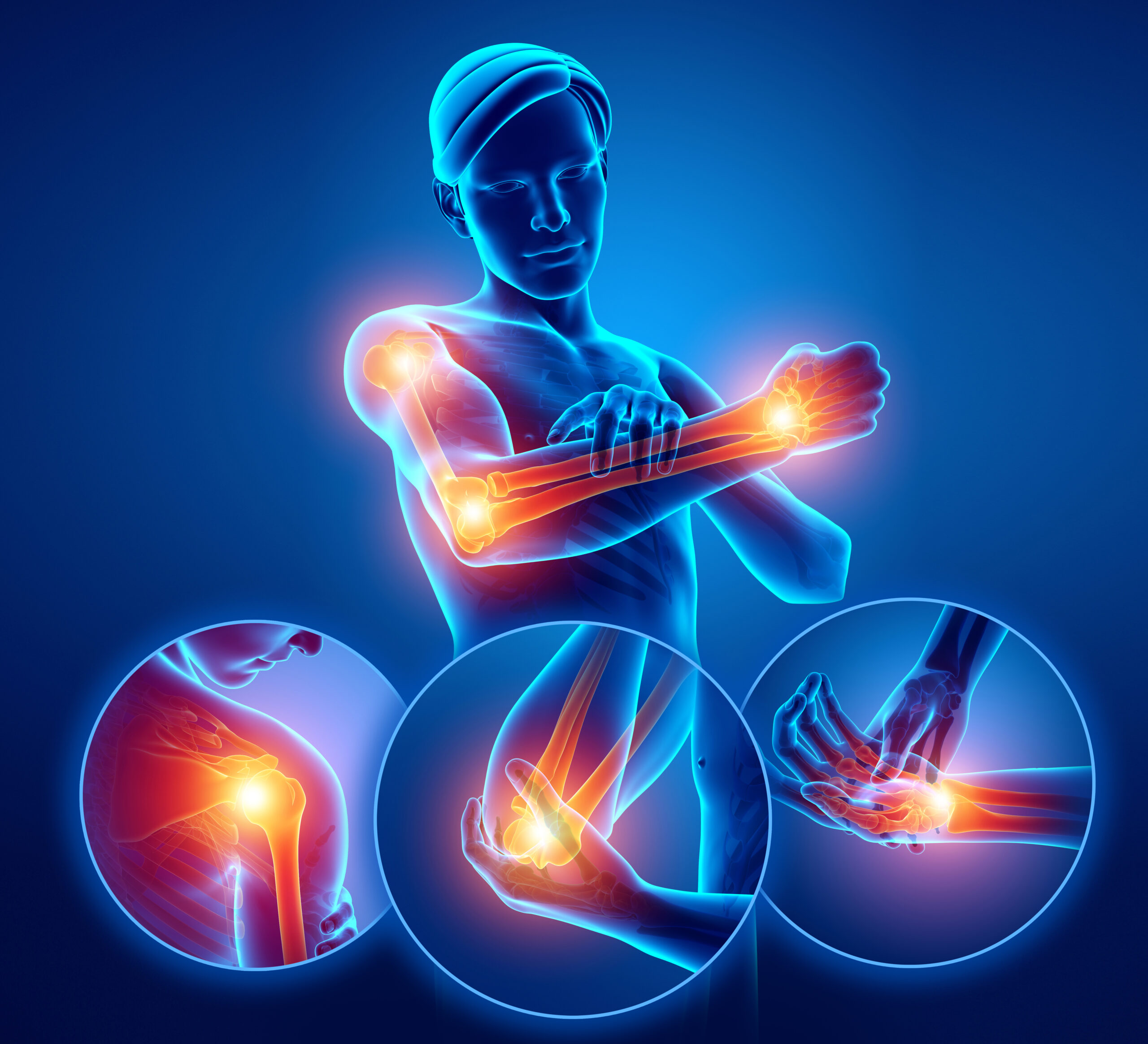
October is Bone and Joint Health Awareness Month, and at Pain Specialists of America, we're dedicated to providing comprehensive care and empowering you to take control of your musculoskeletal health.
As we age, it's common to experience aches, pains, and stiffness in our bones and joints. While some discomfort may be a natural part of aging, it's important to understand how to maintain optimal bone and joint health throughout life, and to seek expert care when needed.
Dr. Jason Lo, a pain management specialist at PSA, brings a unique perspective to this topic, not only as a physician but also as someone who has personally experienced injury and recovery.
Our bones and joints provide the framework for our bodies, allowing us to walk, run, lift, and simply enjoy daily activities. When these systems are healthy, we experience less pain and greater mobility. However, conditions like arthritis, osteoporosis, and injuries can significantly impact our quality of life. Spinal health is also a critical component of overall bone and joint health. Learn more about prioritizing your spine health in our dedicated World Spine Day post.
"Joint pain is incredibly common," says Dr. Lo. "Think of your joints like the tires on your car. Over time, they experience wear and tear." This wear and tear affects the cartilage that cushions the bones within a joint, leading to friction, inflammation, and pain. This is the hallmark of osteoarthritis, a common cause of joint pain, especially as we age.
But it's not just about aging. Several other factors can contribute to joint pain:
Early warning signs that you may be developing a joint condition like arthritis include:
If you experience these symptoms, it's important to seek medical advice to determine the underlying cause and receive appropriate treatment early on.
If you're experiencing widespread joint pain, it's essential to seek medical advice to determine the underlying cause. This type of pain can be a sign of a more systemic issue affecting multiple joints throughout the body. Some possible causes include:
It's crucial to consult with a healthcare professional to pinpoint the exact cause of your widespread joint pain. At PSA, our experienced physicians will conduct a thorough evaluation, considering your medical history, symptoms, and lifestyle factors to arrive at an accurate diagnosis and develop an effective treatment plan.
Dr. Lo emphasizes the crucial role muscles play in supporting and protecting our joints. "Healthy muscles act as shock absorbers and help keep our joints aligned," he explains. "If you have weak muscles around a joint, it can accelerate wear and tear and lead to pain." This is because strong muscles help to stabilize the joint, reducing the strain on the ligaments and cartilage. When muscles are weak, the joint becomes less stable, making it more susceptible to injury and the development of conditions like osteoarthritis.
He explains that many factors can contribute to muscle weakness and inflammation, which in turn compromises joint support. These factors include:
Maintaining strong and healthy muscles is essential for optimal joint health. This can be achieved through regular exercise, including strength training and flexibility exercises, as well as a balanced diet and healthy lifestyle choices.
The good news is that there's a lot you can do to improve and maintain your bone and joint health. Dr. Lo recommends a proactive approach that incorporates these key elements:
Calcium and Vitamin D: These are the cornerstones of bone health. Ensure you're getting enough through your diet or supplements.
Vitamin K: Found in leafy greens, broccoli, and Brussels sprouts, vitamin K helps with calcium absorption.
Omega-3 fatty acids: These healthy fats, found in oily fish and flaxseed, can help reduce inflammation.
Protein: Adequate protein intake is crucial for muscle health and repair. Include lean meats, poultry, fish, beans, and lentils in your diet.
Weight-bearing Exercise: Activities that force you to work against gravity help strengthen bones.
Low-impact Activities: These are gentler on your joints while still providing benefits.
Flexibility and Range of Motion: Stretching and exercises that improve your range of motion help keep your joints flexible and reduce stiffness.
Maintain a Healthy Weight: Excess weight puts extra stress on your joints, especially your knees and hips.
Avoid Smoking: Smoking impairs blood flow and can contribute to inflammation and joint damage.
Limit Alcohol Consumption: Excessive alcohol intake can weaken bones and increase the risk of osteoporosis.
By taking these steps, you can actively contribute to your bone and joint health, reducing your risk of pain and maintaining mobility as you age. Remember, it's never too early (or too late) to start prioritizing your musculoskeletal health.
At PSA, the approach to bone and joint pain is comprehensive and personalized. "We start with a thorough evaluation to understand the root cause of your pain," says Dr. Lo. "Then, we create a customized treatment plan that may include physical therapy, injections, or other interventions."
Dr. Lo's personal experience with pain recovery after being hit by a truck has given him valuable insight into the challenges patients face. "I can relate to the post-operative and rehabilitation process," he shares. "I even gave myself a knee injection once to understand what my patients experience!"
Dr. Lo's main takeaway? "The best treatment for pain is prevention. Stay active, eat a healthy diet, and don't ignore early signs of discomfort."
Bone and joint pain can significantly impact your quality of life, but it doesn't have to be a life sentence. PSA is dedicated to helping you reclaim your life from pain. Contact us today to learn how our comprehensive approach to pain management can help you find lasting relief and get back to doing the things you love.